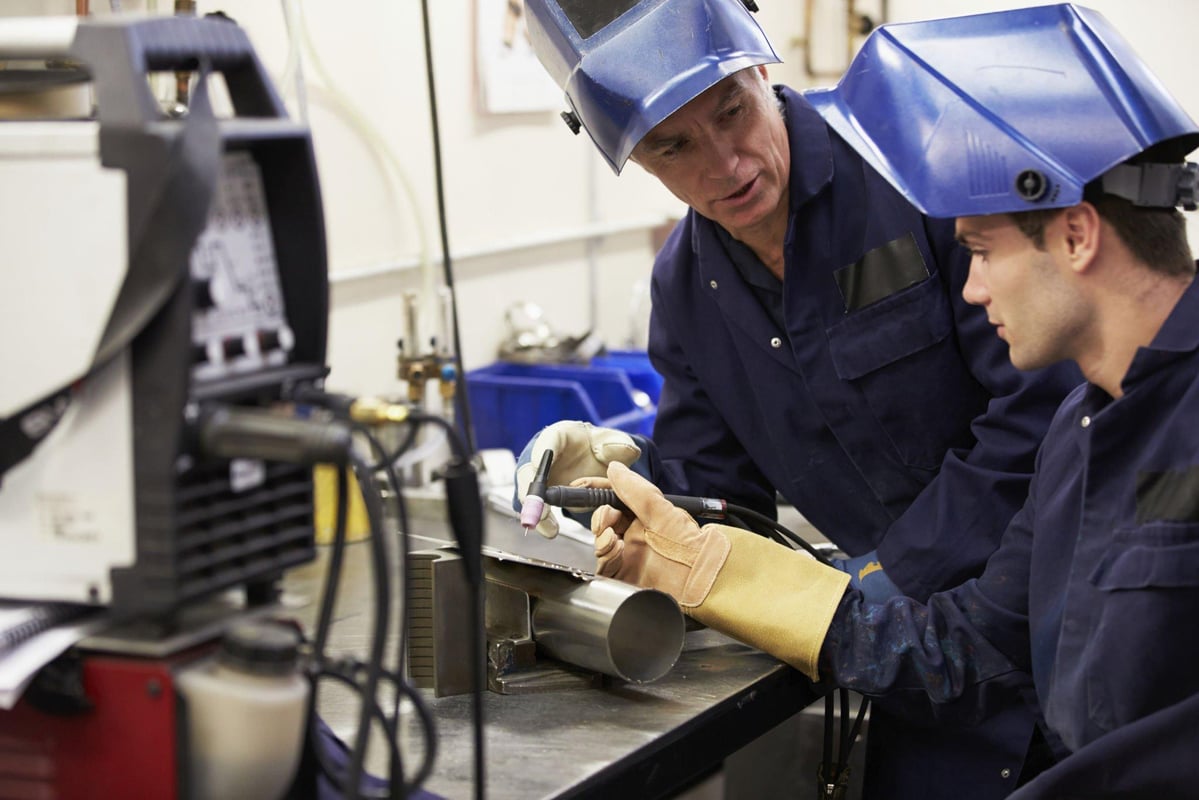How Long Does It Take to Become a Welder?

If you are considering a career in welding, you may be wondering how long it takes to become a welder. The answer to this question can vary depending on the type of training program you choose, your dedication and commitment, and the specific requirements of your desired welding certification. In this blog post, we will explore the process of becoming a welder, including the training requirements, certification options, and job prospects after completing your training.
Welder Training Requirements
Becoming a welder requires more than just completing a training program and passing a certification test. Here are some additional training requirements that aspiring welders may need to fulfill:
-
Education: While a high school diploma is not always required, many employers prefer candidates who have at least a basic education. Some vocational training programs may also have their own educational requirements.
-
Physical Fitness: Welding can be physically demanding, as it often involves standing for long periods, lifting heavy materials, and working in awkward positions. Good physical fitness is important for success in this field.
-
Manual Dexterity: Welders need to have excellent hand-eye coordination and manual dexterity to manipulate welding tools and materials with precision.
-
Visual Acuity: Good vision is essential for welding, as welders need to be able to see small details and accurately follow welding procedures.
-
Safety Training: Welders must undergo safety training to learn how to protect themselves and others from potential hazards, such as exposure to fumes and sparks.
How to Get a Job After Classes
Once you have completed your welding training and obtained your certification, you may be wondering how to get a job in the field. Here are some steps you can take to increase your chances of finding employment:
-
Build a Strong Resume: Highlight your welding training, certifications, and any relevant experience or skills on your resume. Include any internships, apprenticeships, or entry-level welding jobs you have completed.
-
Network: Attend industry events, job fairs, and trade shows to connect with potential employers and industry professionals. Joining professional organizations and online welding communities can also help you expand your network.
-
Apply for Jobs: Search for welding job openings online, in newspapers, and on company websites. Tailor your application materials to each specific job and follow up with potential employers to demonstrate your interest.
-
Prepare for Interviews: Practice common interview questions and be prepared to demonstrate your welding skills if requested. Showcase your knowledge, experience, and enthusiasm for the field during the interview.
-
Continued Education and Training: To stay competitive in the welding industry, consider pursuing additional certifications or specialized training. This can help you expand your skills and knowledge, making you a more valuable candidate for future job opportunities.
Final Thoughts
Becoming a welder requires dedication, commitment, and a willingness to continuously learn and improve. While the timeline for becoming a certified welder can vary, completing a vocational training program and obtaining certification is an important first step towards a rewarding career in welding. By following the steps outlined in this blog post, you can increase your chances of success in this field and open doors to exciting job opportunities. So, if you have a passion for working with metal and creating strong, durable connections, don't hesitate to explore the world of welding and embark on a fulfilling career journey.
Dreambound's extensive guides dig into the specific requirements and challenges that are different for each state in the US. Check out some of our other guides below:
- How to Become a Welder in District of Columbia
- How to Become a Welder in Kansas
- How to Become a Welder in Missouri
- How to Become a Welder in North Dakota
- How to Become a Welder in Tennessee
Are you exploring diverse professional opportunities? Take a closer look at these resources that Dreambound has written to help in your search.




